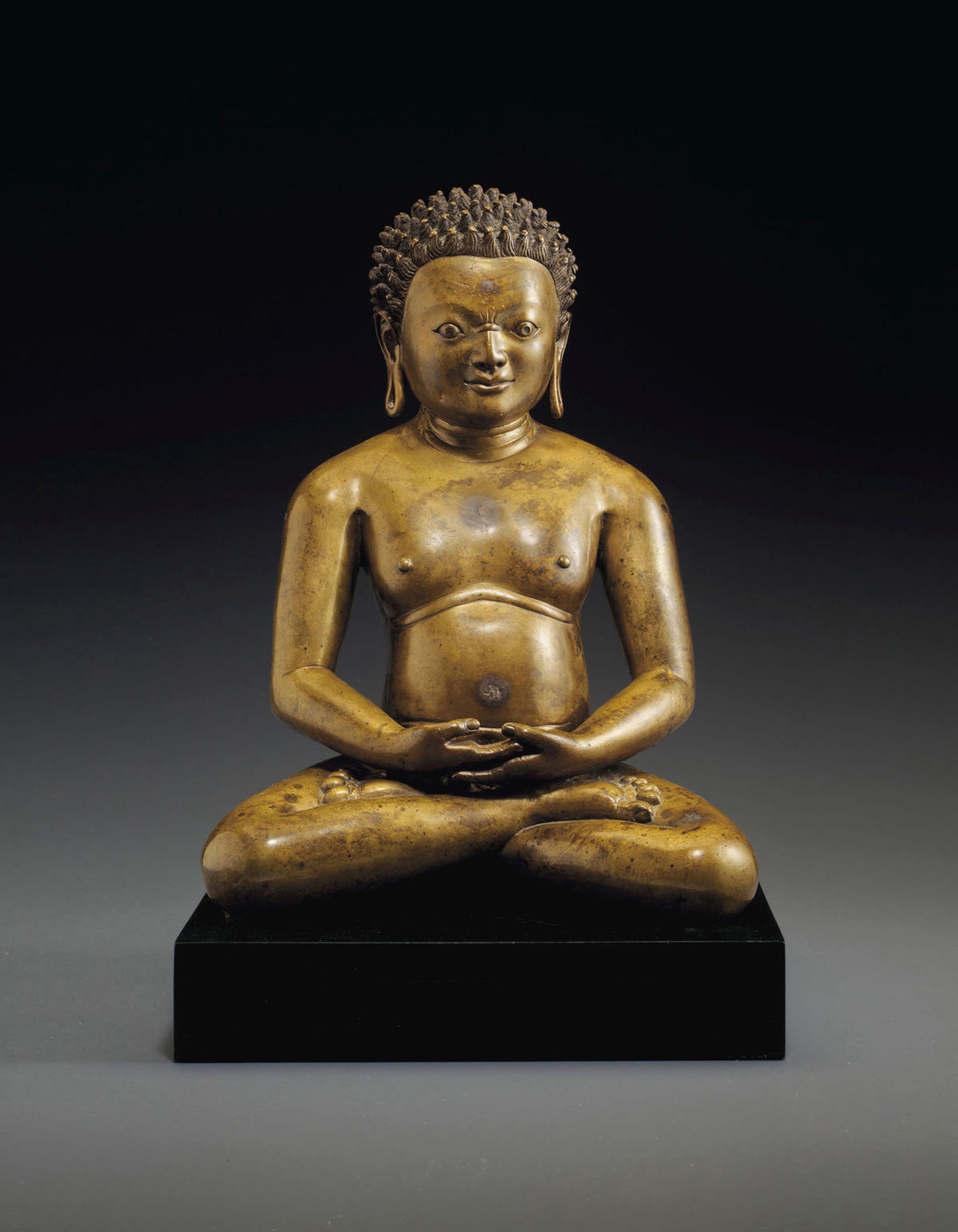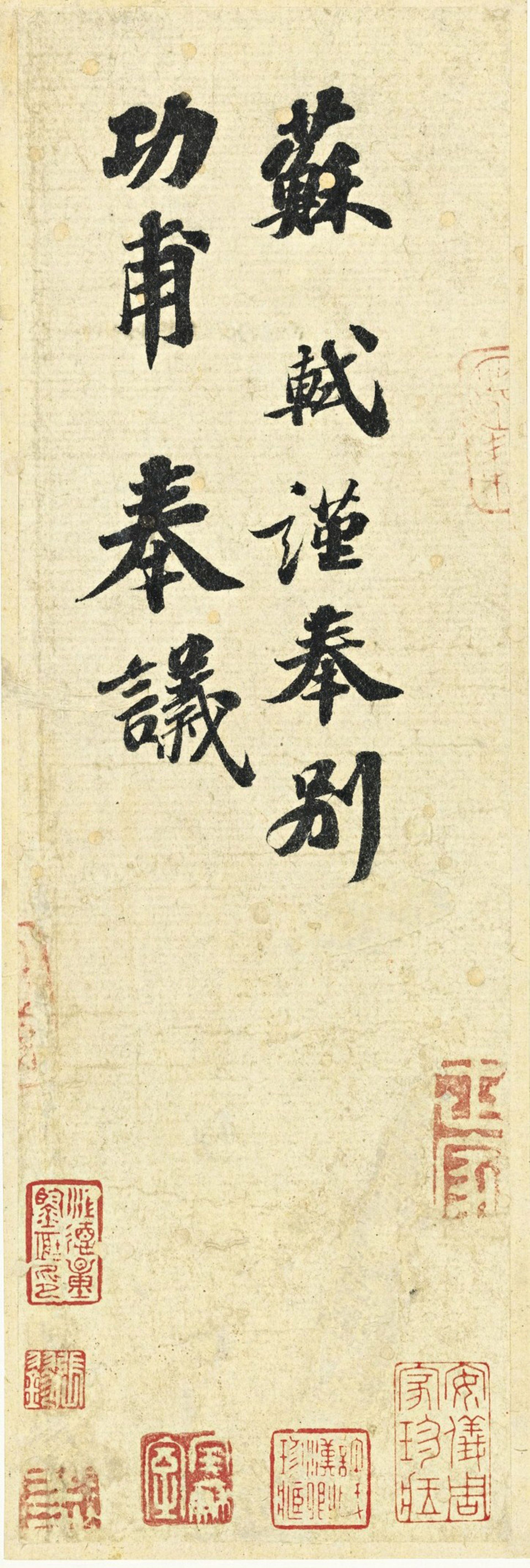The Chinese collectors Wang Wei and Liu Yiqian are building museums almost as quickly as they are breaking auction records. The billionaire couple will open their third museum in four years, in the south-western metropolis Chongqing, on 26 May. The Long Museum Chongqing is the institution’s first branch outside Shanghai.
An independent municipality of around 30 million people surrounded by Sichuan Province, Chongqing is one of the world’s largest cities, but few outside China have ever heard of it. Known for its dense hills, spicy food and proximity to the Three Gorges Dam, it is an inland trade hub with a rich ancient culture and a renowned art academy, the Sichuan Fine Arts Institute. Many Chinese contemporary artists have roots in the city, including Luo Zhongli, Yan Xing and Zhou Siwei.
Like the two Shanghai locations, which opened in the Pudong district in 2012 and in the Xuhui district in 2014, the Long Museum Chongqing will be led by Wang Wei. Its structure will parallel its predecessors, with galleries dedicated to traditional Chinese art, revolutionary painting and contemporary art. It will also focus on art of the Sichuan region.
A high-school dropout and former taxi driver, Liu made his fortune in the stock market in the 1980s and 90s. He and Wang started collecting calligraphy and traditional Chinese art. In the mid-2000s, they began to buy contemporary work by artists including Yayoi Kusama and Olafur Eliasson. Last autumn, the couple paid $170.4m for Amedeo Modigliani’s portrait Nu Couché (1917-18). “We need to collect foreign art so that our museums can be on a par with their foreign peers,” Wang told the Financial Times in January.
The 10,000 sq. m museum will occupy the first three floors of the Guohua Financial Centre, an office building owned by Liu, according to the property listings site Baidu Property. The inaugural exhibition will examine Chinese oil painting after the 1911 revolution (100 Years of Art History: 1911-2011). A long-term display will spotlight work from the collection by artists from Chongqing and Sichuan Province. Curators are also organising a loan show of work by three generations of Sichuanese artists.
While the museum building boom in the coastal centres of Shanghai and Beijing has slowed in recent years, new museums are rising quickly in inland, second- and third-tier cities, fuelled by a growing appetite for culture and unflagging property developments. Chongqing is already home to the state-owned Guotai Arts Centre, the Chongqing Art Museum and the private institutions Chongqing Yu’ao International Art Centre and the Changjiang Museum of Contemporary Art, which last year launched an ambitious photography and video biennial.
Wang has said that the couple initially planned to build just one museum, but decided to open the second after the government offered them a discount on a parcel of land. The building includes a two-storey atrium and exhibition hall, with a shop, lecture hall and gallery space on the upper two floors.
The couple’s biggest—and most controversial—buys
Tibetan bronze seated yogi
(11th-12th century)

The couple bought the sculpture, which belonged to the Asian art dealer Robert Ellsworth, in 2015 for $4.9m. The day before the sale, Liu’s daughter posted a picture of him on social media sitting in the statue’s lotus pose.

Meiyintang “chicken cup”
(Ming dynasty)
The couple famously paid for the porcelain cup, bought at an auction in 2014 for $36.3m, with an American Express credit card. A photo of Liu drinking tea from the vessel caused a stir in Chinese media.
Gong Fu Tie calligraphy, Su Shi
(Song dynasty)

The authenticity of the scroll, which the couple bought for $8.2m in 2013, was questioned by experts from the Shanghai Museum. Liu held a press conference to present his own technical analysis and defend the work’s authenticity.

